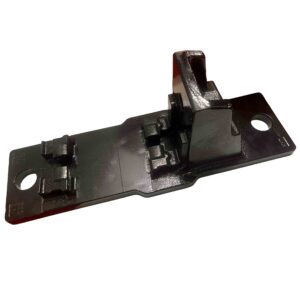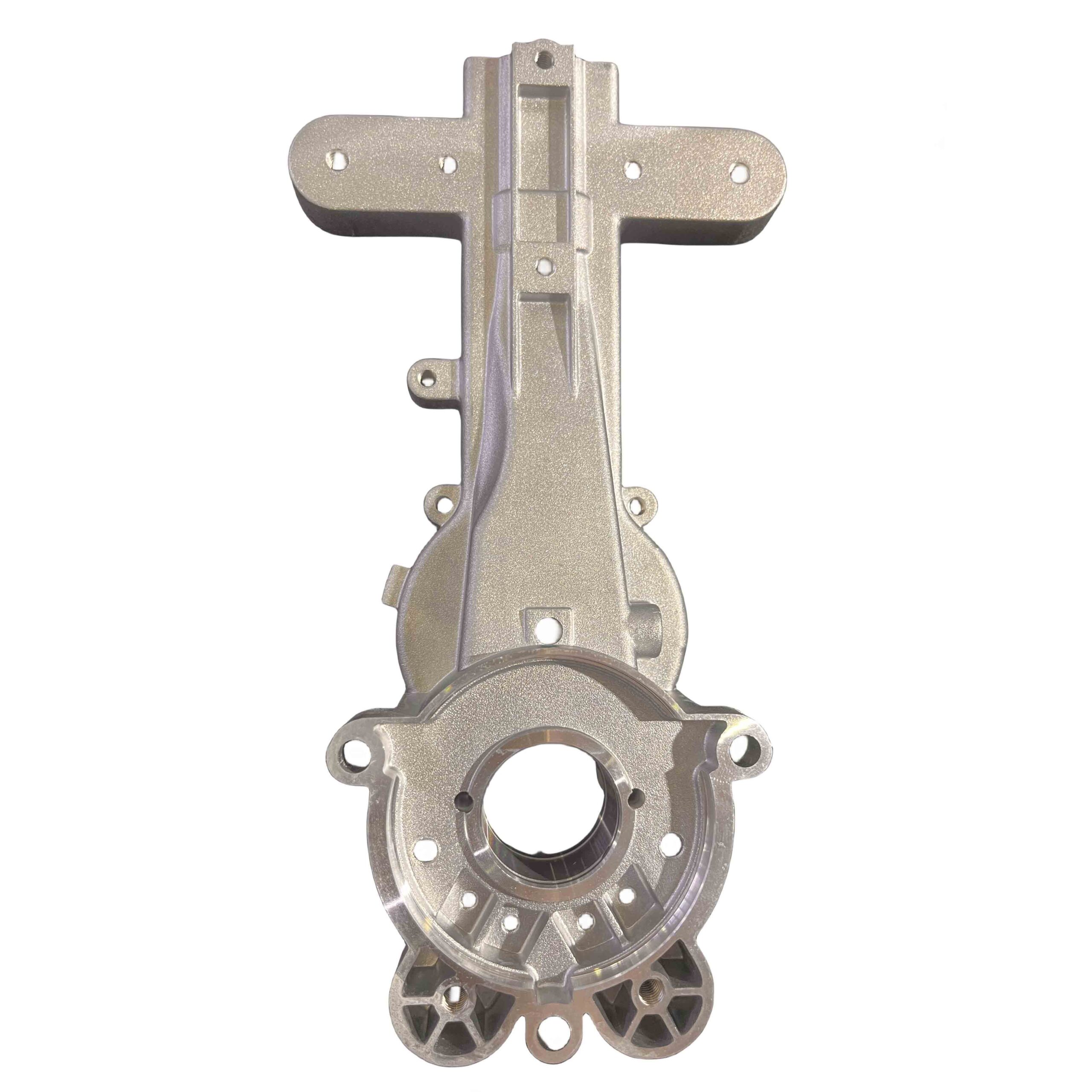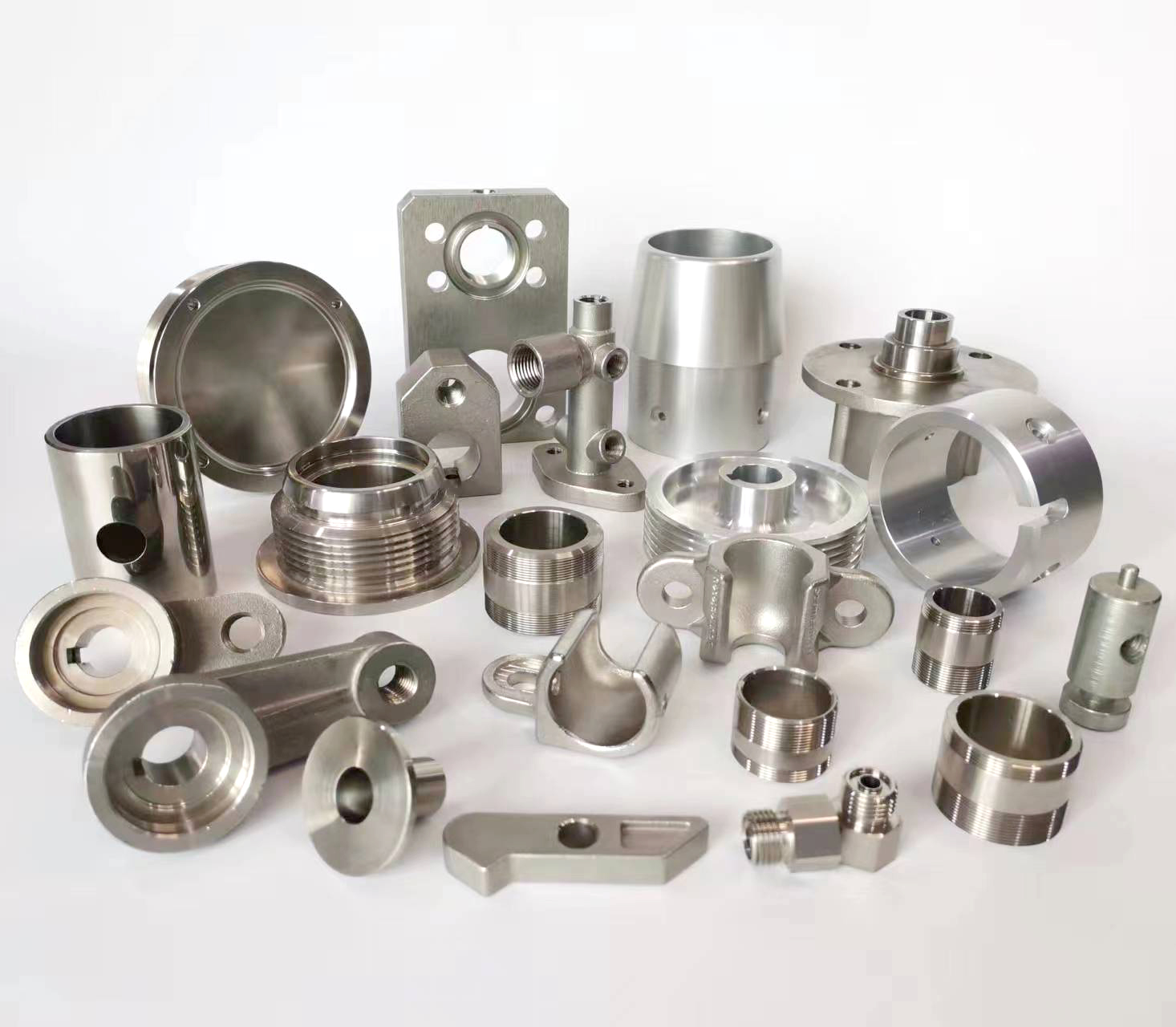Lasers used for welding can be divided into several categories according to the active medium that produces the laser:
| Type | Active Medium | Wavelength | Advantages | Limitations | Applications |
| Fiber Laser Welding | Rare-earth-doped Glass Optical Fiber | ~1070nm | 1. Extremely high Wall-plug efficiency (30-50%)
2. Excellent beam quality 3. Low maintenance costs |
1. High equipment costs
2. Welding highly reflective metals is difficult. |
Applicable to most fields, such as automobile manufacturing, metal sheet fabrication. |
| CO₂ Laser Welding | Mixture of CO₂, Nitrogen, Helium gas | ~10.6 μm | 1. Good beam quality
2. The craftsmanship and technology are mature and well-developed. |
1. Low electro-optical efficiency (<10%)
2. High maintenance costs |
Suitable for medium and thick plate welding, such as shipbuilding, heavy machinery structures, and non-metallic material processing. |
| Nd: YAG Laser Welding | Neodymium-doped YAG (Yttrium Aluminum Garnet) Crystal | 1064nm | 1. Excellent pulse performance
2. Sturdy structure |
1. Low electro-optical efficiency
2. Poor beam quality |
Suitable for precision micro welding, commonly used in medical devices and electronic components (such as sensors). |
| Blue/Green Laser Welding | Laser Diode Frequency Doubling | Blue:~450nm Green:~532nm |
1. Particularly suitable for highly reflective metals (such as copper and gold)
2. Stable welding process |
1. High equipment cost
2. Limited application areas |
Suitable for welding high reflectivity materials, such as batteries and motors of new energy vehicles, which are very popular now. |
| Diode Laser Welding | Semiconductor Diode | 808-980 nm | 1. High electro-optical efficiency (>60%)
2. Low cost and long service life |
1. Poor beam quality
2. Limited welding penetration |
Suitable for shallow welding, such as plastic welding and thin sheet metal welding. |






